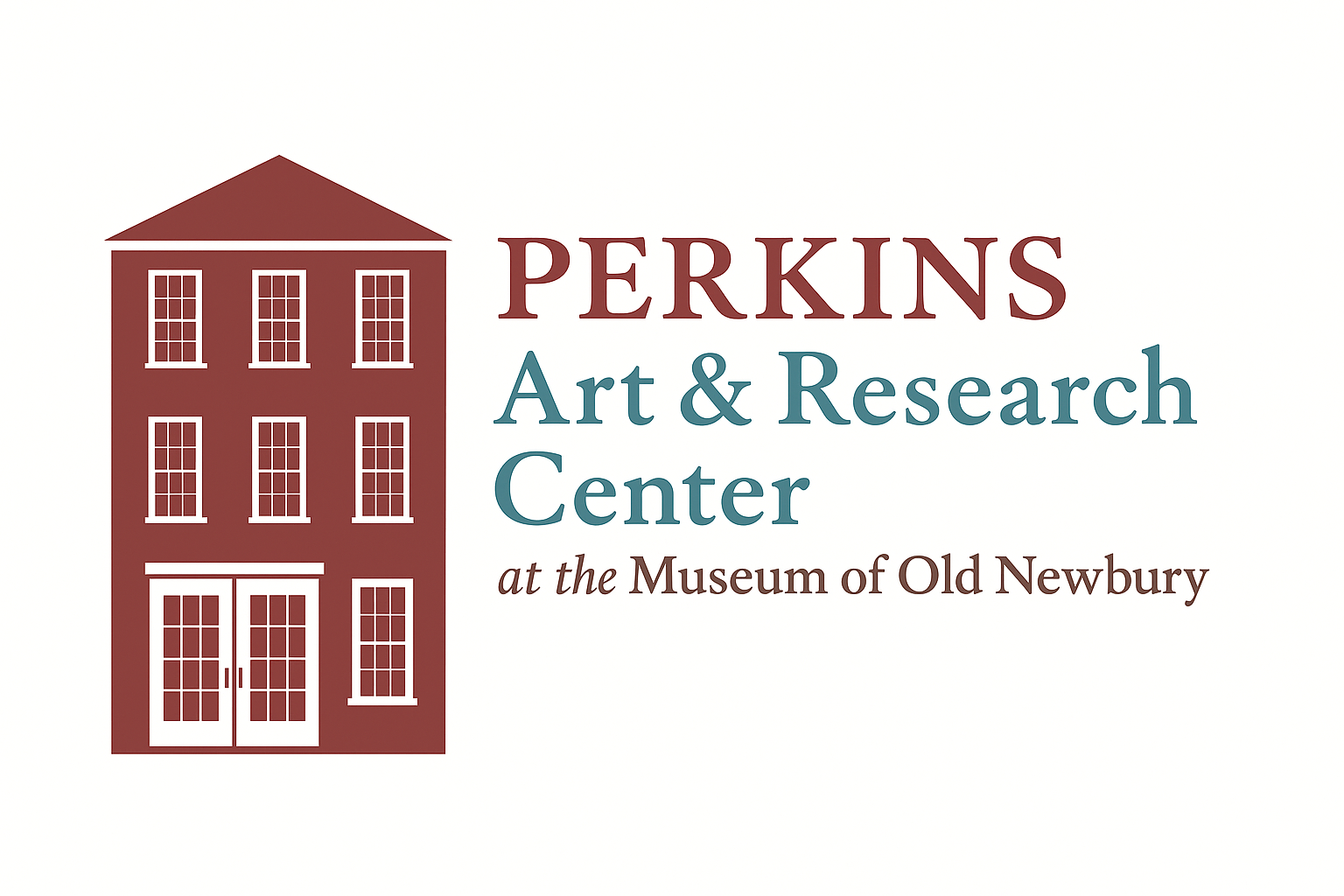Perkins Art & Research Center (PARC)
History
The Perkins Engraving and Printing Plant was built for Jacob Perkins in 1808 during the height of Newburyport’s prosperity. Perkins was a silversmith, engraver, scientist, and inventor of some renown.
This building housed his engraving and printing operations in which currency for New England was printed from 1808 through the 1820s. Perkins’s success was due to his creating a process which prohibited the counterfeiting of early paper currency.
In 1809, the Commonwealth of Massachusetts passed a Special Act mandating that all paper money in the state be printed by Jacob Perkins’s stereotype steel plates. This was an effort both to prevent counterfeiting as well as to promote more uniformity in the design of bank bills.
By 1815, the Federal government recognized Perkins’s stereotype steel plates as the finest available for bank note engraving, and they were used for printing all notes of the new Second National Bank of the United States. Perkins resided in Philadelphia for several years to oversee the machines and the printing of our first United States currency.
c. 1890
2008, before restoration
2009, restoration in progress
2017 to the Present
Perkins second floor, BEFORE
Perkins second floor AFTER
New art storage!
In 2017, the Museum of Old Newbury opened its first exhibition in the Perkins Printing and Engraving Plant, Captains and Currency (above). The exhibit told the personal and professional stories of the Brown and Perkins families in the second floor of the space, while the first and third floors were used for limited storage and programming, but was largely unused.
Meanwhile, the Cushing House, headquarters of the Museum of Old Newbury, was groaning under the literal weight of thousands of books, hundreds of paintings, rooms full of manuscript and archival collections, and more. Framed artwork was stacked in a small storage room, while boxes and bins spilled out of the archive room on the third floor into hallways and other spaces. Though the Cushing House was designed for strength, it was not intended to bear weight on that scale.
Beginning In April, 2025 the lion's share of our precious archive, library, and art collection were moved to the newly christened Perkins Art & Research Center. It has taken patience, care, kindness, diligence, an army of interns and volunteers, and a whole lot of literal footwork. PARC will open to the public with limited hours in September 2025.
Visiting the Perkins Art & Research Center
PARC will be open to the public beginning in September 2025 on Thursdays from 9–11 a.m. and Saturdays from 10 a.m. to 2 p.m. While a Museum of Old Newbury membership is not required to access PARC, research assistance is one of the many benefits of membership. Click here to join the Museum
Not able to Visit Perkins, or need help with your research?
Museum staff will conduct research on your behalf; the cost is $40 for the first hour and includes a one-year individual membership. If you’d like additional research performed, we can discuss your research goals and give you an estimate before undertaking the work. Click here to begin your Research Request
If you are interested in the history of Old Newbury, we would welcome you to become a member at whatever level you are able. If you join at a higher level, please contact us directly at info@newburyhistory.org for research services.
Requests are typically fulfilled within 4 weeks. Click the “Research Request” button to request research, provide details, and submit payment online.
You can also pay by mail - download and complete this research form and submit it with your payment of $40 to Museum of Old Newbury - Research Request, 98 High St. Newburyport MA 01950.










